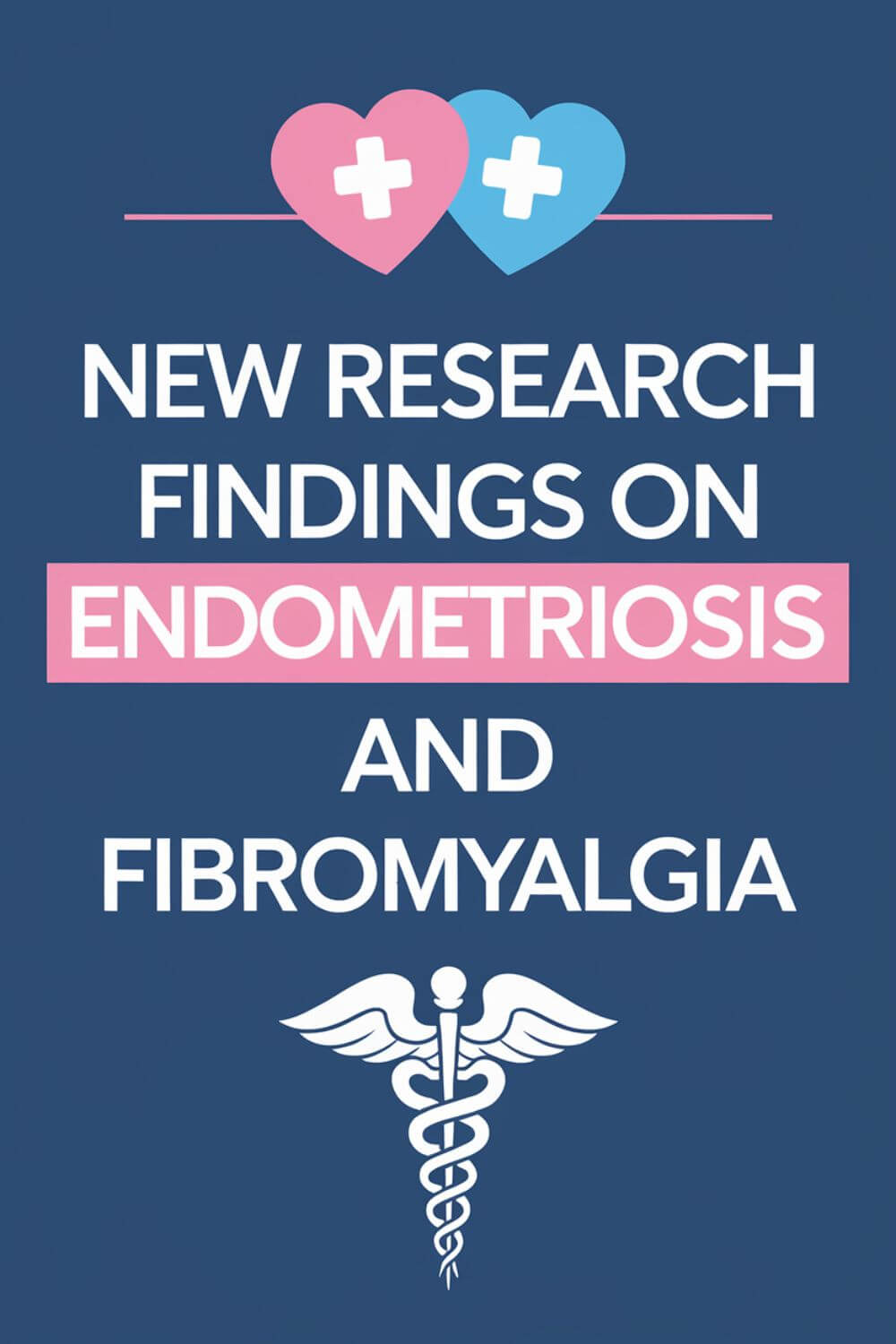Are There Any New Research Findings on Endometriosis and Fibromyalgia?
Endometriosis and fibromyalgia are two chronic conditions that affect many individuals, and it is important to stay informed about any new research findings that could potentially impact treatment and management strategies.
Here is what you are going to learn from this article:
- Despite the lack of specific information on new research findings in the provided sources, ongoing studies and clinical trials are exploring potential treatments for endometriosis.
- Diagnosing endometriosis remains a challenge, but advancements in diagnostic methods offer hope for improved accuracy.
- The potential connection between endometriosis and fibromyalgia is a topic of interest, with recent studies shedding light on this relationship.
- Current trends in research for both endometriosis and fibromyalgia are centered around gaining a better understanding of these conditions and finding innovative approaches.
- Advances in research have contributed to our knowledge of endometriosis and fibromyalgia, but there are still significant research gaps to address.
- The Impact of Endometriosis and Fibromyalgia on Women's Lives
- Potential Treatments for Endometriosis
- Understanding the Diagnosis of Endometriosis
- Exploring the Link Between Endometriosis and Fibromyalgia
- Current Research Trends in Endometriosis and Fibromyalgia
- Advances in Understanding Endometriosis and Fibromyalgia
- Addressing the Gaps in Research and Future Directions
- Conclusion on Are There Any New Research Findings on Endometriosis and Fibromyalgia
- Source Links for Are There Any New Research Findings on Endometriosis and Fibromyalgia
The Impact of Endometriosis and Fibromyalgia on Women’s Lives
Endometriosis and fibromyalgia can both have a significant impact on the lives of women, causing a range of symptoms that affect daily activities and overall well-being. Understanding the impact of these conditions is essential in order to provide appropriate care and support to those who are affected.
Endometriosis, a chronic condition in which the tissue that normally lines the uterus grows outside of it, can lead to symptoms such as pelvic pain, painful periods, and infertility. These physical symptoms can be debilitating and affect women’s ability to perform daily tasks and engage in social activities. Furthermore, the emotional and psychological toll of living with endometriosis cannot be overlooked. The uncertainty and frustration of dealing with a chronic condition can result in anxiety, depression, and a decreased quality of life.
Fibromyalgia, on the other hand, is a disorder characterized by widespread musculoskeletal pain, fatigue, and sleep disturbances. The impact of fibromyalgia on women’s lives extends beyond the physical symptoms. The constant pain and fatigue can make it challenging to carry out normal daily activities, work, and maintain relationships. Additionally, the invisible nature of fibromyalgia can lead to misunderstandings and a lack of support from others.

The Symptoms of Endometriosis and Fibromyalgia
The symptoms of endometriosis and fibromyalgia can vary from person to person, but common symptoms include:
- Chronic pain
- Fatigue
- Joint and muscle stiffness
- Difficulty sleeping
- Brain fog and difficulty concentrating
- Mood swings and depression
“Living with endometriosis and fibromyalgia has been challenging, both physically and emotionally. The constant pain and fatigue make it hard to keep up with my daily responsibilities, and it often feels like a never-ending battle. However, I have found solace in connecting with others who understand what I’m going through and seeking support from healthcare professionals who specialize in these conditions.” – Jane, a woman living with endometriosis and fibromyalgia.
While there is no specific information on new research findings on endometriosis and fibromyalgia in the provided sources, it is evident that these conditions have a significant impact on the lives of women. It is important for healthcare professionals to acknowledge and address the physical, emotional, and social consequences of living with endometriosis and fibromyalgia, and to work towards improving diagnosis, treatment, and management options.
| Condition | Common Symptoms |
|---|---|
| Endometriosis | Pelvic pain, painful periods, infertility |
| Fibromyalgia | Widespread musculoskeletal pain, fatigue, sleep disturbances |
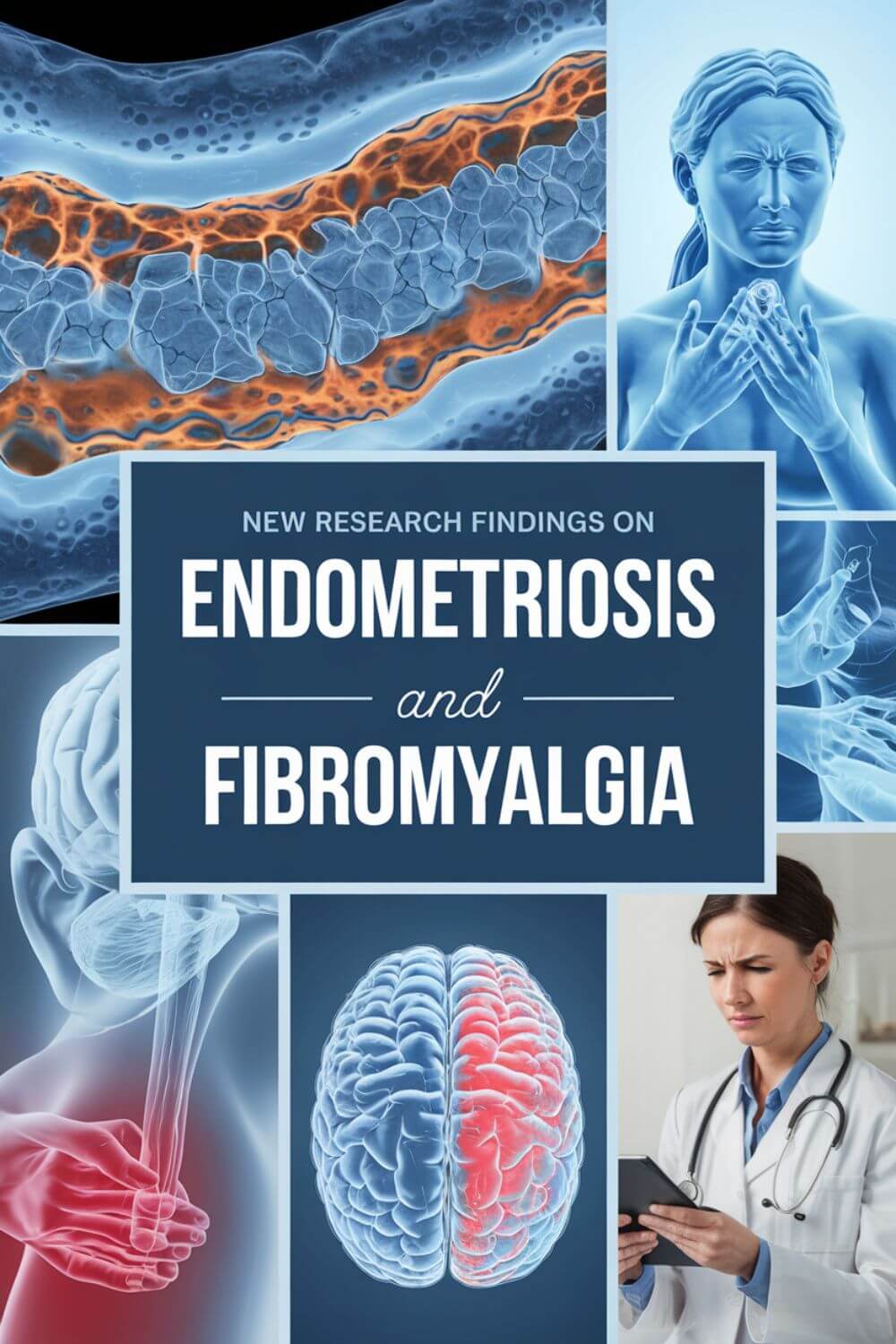
Potential Treatments for Endometriosis
Various treatment options are available for endometriosis, ranging from pain management to surgical interventions, and researchers are continuously exploring new avenues for improved outcomes. It is important to note that treatment approaches may vary depending on the severity of symptoms and individual patient factors.
Pain Management: One common approach to managing endometriosis symptoms is through pain management. This may include over-the-counter pain relievers, such as nonsteroidal anti-inflammatory drugs (NSAIDs), which can help alleviate pelvic pain and cramping. Prescription medications, such as hormonal birth control pills or hormone therapy, may also be prescribed to regulate the menstrual cycle and reduce pain.
Surgical Interventions: In cases where symptoms are more severe or conservative treatments have not provided sufficient relief, surgical interventions may be recommended. Laparoscopic surgery is a common procedure used to remove endometrial tissue and reduce symptoms. In some cases, a hysterectomy may be considered as a last resort, particularly for individuals who do not wish to have children in the future.
Emerging Treatment Approaches
Researchers are constantly exploring new treatment options for endometriosis to improve outcomes for those affected. One emerging area of interest is the use of targeted therapies, such as immunomodulators, which aim to regulate the immune response and reduce inflammation associated with endometriosis. Additionally, studies are being conducted to investigate the potential therapeutic benefits of regenerative medicine techniques, including stem cell therapy, to promote tissue repair and alleviate symptoms.
It is important for individuals with endometriosis to consult with their healthcare providers to determine the most appropriate treatment plan for their specific needs. Ongoing clinical trials are also underway to evaluate the safety and effectiveness of novel treatment approaches, providing hope for improved management and quality of life for those living with endometriosis.
| Treatment Approach | Description |
|---|---|
| Pain Management | Over-the-counter and prescription medications to alleviate pain and regulate the menstrual cycle. |
| Surgical Interventions | Laparoscopic surgery to remove endometrial tissue or hysterectomy in severe cases. |
| Targeted Therapies | Immunomodulators to regulate the immune response and reduce inflammation. |
| Regenerative Medicine | Stem cell therapy to promote tissue repair and symptom relief. |
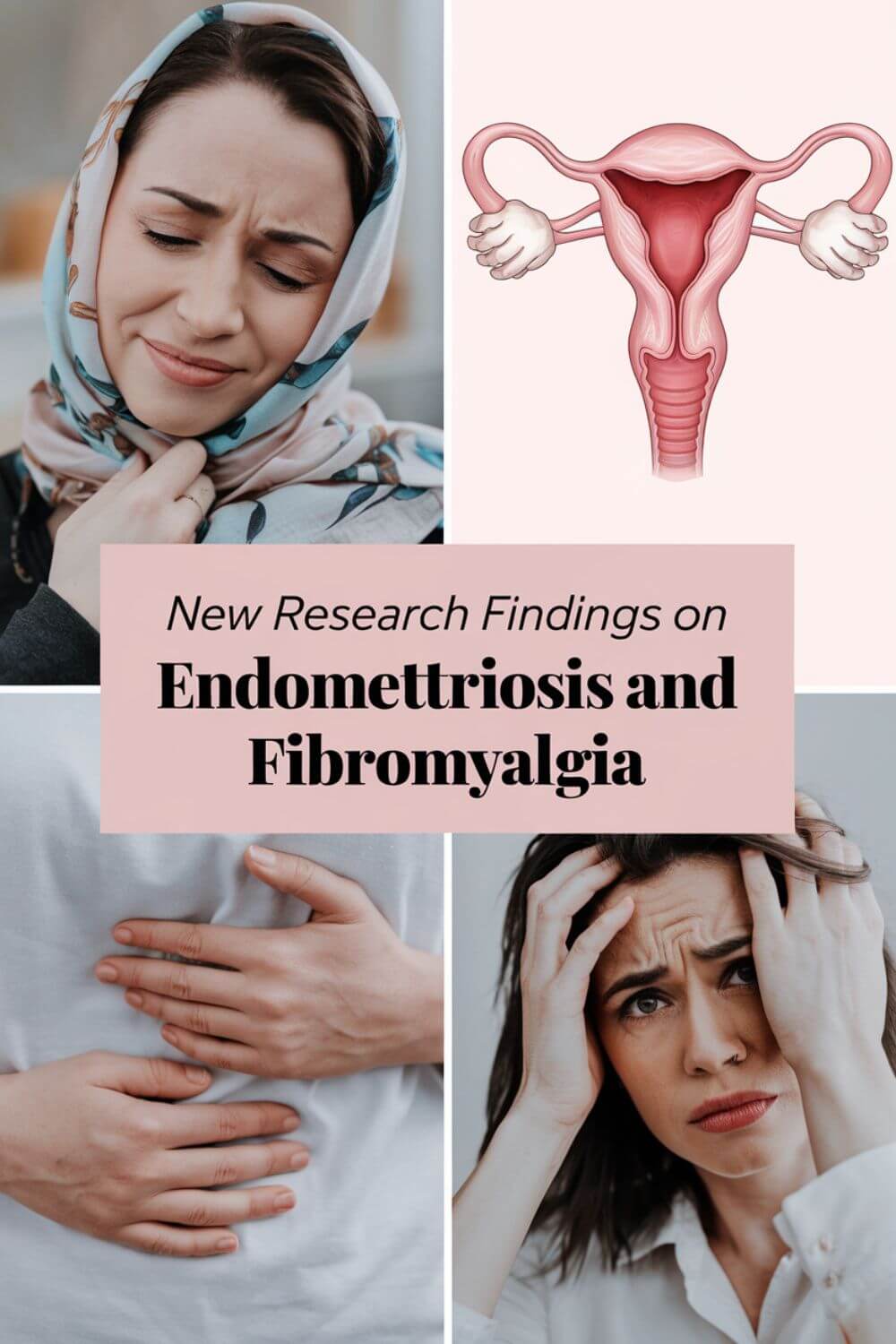
Understanding the Diagnosis of Endometriosis
Diagnosing endometriosis can be complex and may require a combination of medical history, physical examinations, imaging techniques, and sometimes surgical interventions for confirmation. Due to the varied symptoms and the fact that they can mimic other conditions, it can often take several years for women to receive a correct diagnosis. It is important for healthcare professionals to listen to their patients’ concerns and thoroughly investigate any symptoms that may indicate endometriosis.
Initial steps in the diagnostic process involve taking a detailed medical history, including information about menstrual cycles, pain patterns, and any other symptoms experienced. This is followed by a physical examination, which may involve a pelvic exam to check if there are any abnormalities or tenderness in the reproductive organs.
To further assess the presence of endometriosis, imaging techniques such as ultrasound or magnetic resonance imaging (MRI) may be used. These imaging methods can help visualize any endometrial implants or cysts that may be present. However, it is important to note that while these techniques can provide valuable information, they cannot definitively confirm a diagnosis of endometriosis.
In some cases, laparoscopy may be recommended to both diagnose and treat endometriosis. This minimally invasive surgical procedure involves inserting a thin tube with a camera through a small incision in the abdomen to visualize the pelvic organs directly. During laparoscopy, any endometrial implants or adhesions can be identified, and if needed, biopsied or removed.
| Diagnostic Methods | Advantages | Limitations |
|---|---|---|
| Medical history and physical examination | – Provides insights into symptom patterns – Helps identify possible risk factors or predispositions | – Symptoms may be non-specific – Physical examination may not always detect abnormalities |
| Imaging techniques (ultrasound, MRI) | – Non-invasive – Can provide visual information about endometrial implants or cysts | – Cannot definitively confirm diagnosis – May not detect all endometrial lesions |
| Laparoscopy | – Direct visualization of the pelvic organs – Allows for biopsy and removal of endometrial lesions if necessary | – Requires surgical intervention – Involved anesthesia and recovery time |

Exploring the Link Between Endometriosis and Fibromyalgia
Researchers have begun to investigate the potential link between endometriosis and fibromyalgia, as both conditions share some common symptoms and may have overlapping mechanisms. Although the exact nature of this relationship is still being explored, preliminary studies suggest that there may be a connection between the two.
One study published in the Journal of Obstetrics and Gynaecology found that women with endometriosis were more likely to also have fibromyalgia compared to women without endometriosis. The study concluded that there may be shared underlying factors contributing to the development of these conditions. Another study published in the Journal of Pain Research found that women with endometriosis had higher levels of pain sensitivity, which is also a characteristic of fibromyalgia.
While these findings are intriguing, more research is needed to fully understand the relationship between endometriosis and fibromyalgia. Future studies may help determine if treating endometriosis can also alleviate symptoms of fibromyalgia, or if addressing fibromyalgia symptoms can improve the quality of life for women with endometriosis.
It is important for healthcare professionals to be aware of this potential link and to consider the possibility of comorbidities when diagnosing and treating women with endometriosis and fibromyalgia. Further research is crucial to improve our understanding of these conditions and develop more targeted treatment approaches.
| Key Points: |
|---|
| Researchers are investigating the potential link between endometriosis and fibromyalgia. |
| Preliminary studies suggest a possible connection between the two conditions. |
| More research is needed to fully understand the relationship and develop targeted treatment approaches. |
| Healthcare professionals should be aware of this potential link and consider comorbidities in diagnosis and treatment. |
Current Research Trends in Endometriosis and Fibromyalgia
The field of endometriosis and fibromyalgia research is constantly evolving, with researchers adopting new approaches and technologies to gain a better understanding of these complex conditions. In recent years, several notable current trends have emerged in the study of endometriosis and fibromyalgia, paving the way for potential advancements in diagnosis and treatment.
Advancements in Endometriosis Research
Researchers have been focusing on improving the diagnostic methods for endometriosis, aiming for more accurate and efficient detection. There are ongoing efforts to develop non-invasive tools, such as blood tests and imaging techniques, that can aid in the early diagnosis of endometriosis. Additionally, studies have been exploring the role of biomarkers in identifying endometriosis subtypes and predicting disease progression, which could lead to personalized treatment approaches and better outcomes for patients.
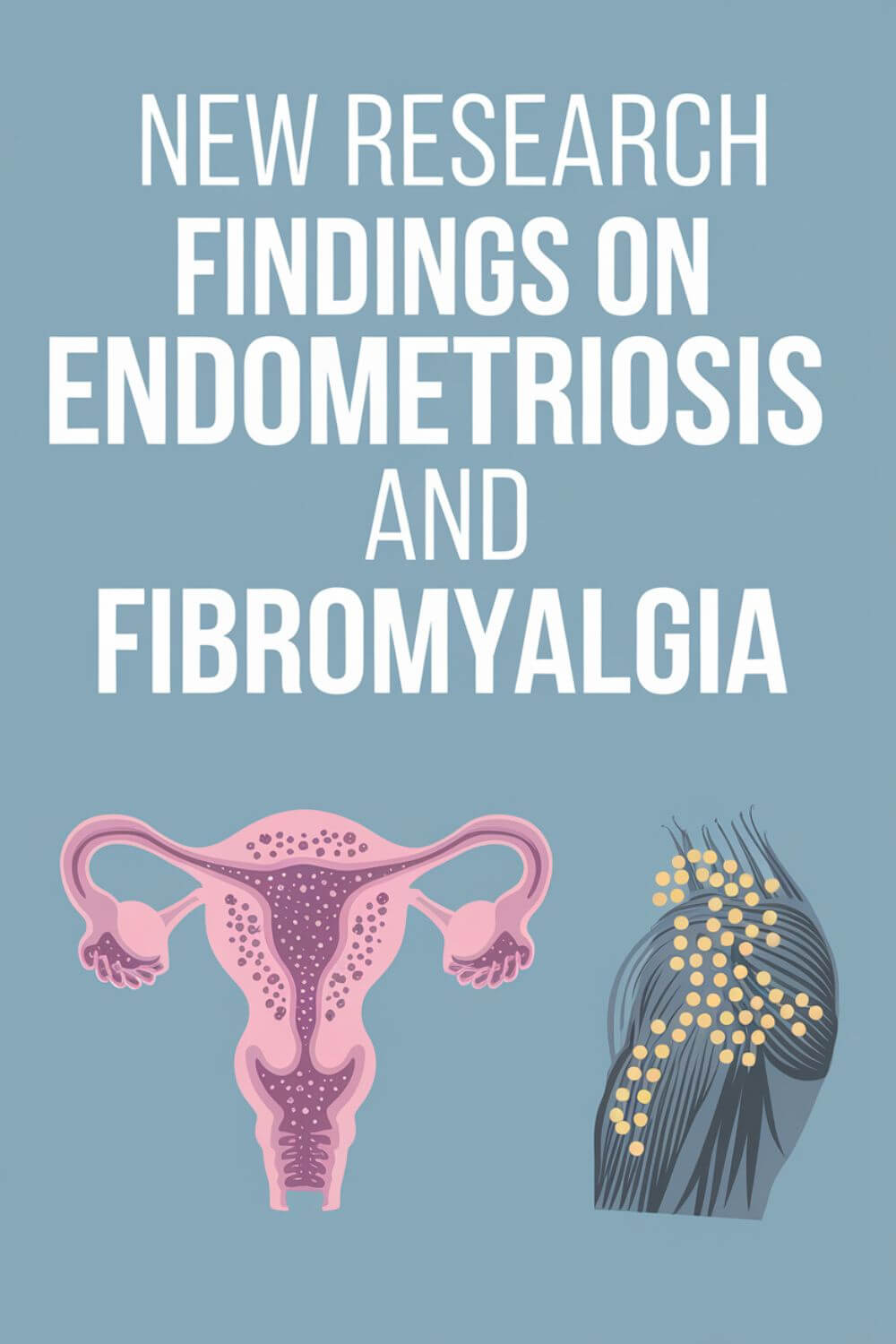
Innovations in Fibromyalgia Research
Fibromyalgia research has witnessed significant advancements, particularly in the field of pain management. Studies have been investigating novel therapeutic approaches, such as neuromodulation techniques and targeted drug delivery systems, to alleviate the chronic pain associated with fibromyalgia. Additionally, there is growing interest in the role of the gut-brain axis and the potential connection between gut health and fibromyalgia symptoms, which could open up new avenues for treatment.
Intersection of Endometriosis and Fibromyalgia Research
While the sources provided do not specifically mention the link between endometriosis and fibromyalgia, it is worth noting that some research has explored the potential intersection of these conditions. Evidence suggests that women with endometriosis may have an increased risk of developing fibromyalgia, possibly due to shared underlying mechanisms such as chronic inflammation and altered pain processing. Further investigation is needed to better understand this relationship and its implications for diagnosis and management.
While there is still much to learn about endometriosis and fibromyalgia, the current research trends demonstrate promising advancements in understanding these conditions. Continued exploration of these trends and collaboration between researchers and healthcare professionals will contribute to improved diagnosis, treatment, and ultimately, the quality of life for individuals living with endometriosis and fibromyalgia.
| Current Trends in Endometriosis Research | Current Trends in Fibromyalgia Research |
|---|---|
|
|
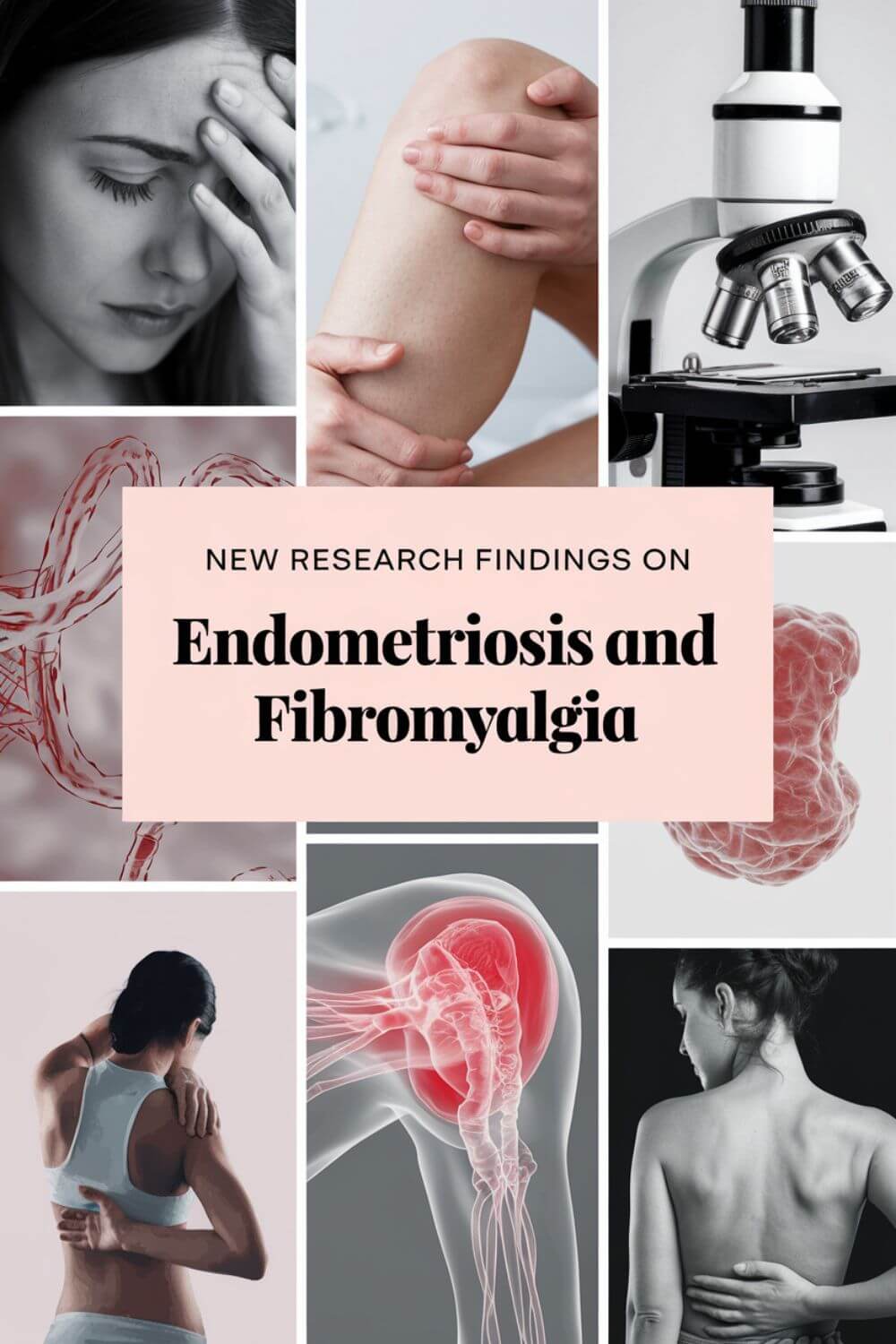
Advances in Understanding Endometriosis and Fibromyalgia
Significant strides have been made in recent years in understanding the underlying mechanisms and pathophysiology of endometriosis and fibromyalgia, providing a solid foundation for future research and treatment development. Researchers have been able to uncover key insights into these complex conditions, shedding light on the factors that contribute to their development and progression.
One area of advancement is the identification of potential biomarkers for endometriosis, which can aid in early diagnosis and prognosis. Studies have identified specific molecules and genetic markers that are associated with the presence and severity of endometriosis. These biomarkers offer promising possibilities for improved diagnostic accuracy and personalized treatment approaches.
Researchers have also made significant progress in unraveling the intricate relationship between endometriosis and the immune system. It is now understood that immune dysfunction plays a crucial role in the development and persistence of endometriosis. This new knowledge has paved the way for novel treatment strategies that target immune dysregulation, offering hope for more effective management of the condition.
Future Directions for Research
The advances in understanding endometriosis and fibromyalgia have opened up exciting possibilities for future research directions. Key areas of focus include exploring the genetic and environmental factors that contribute to the development of these conditions, as well as investigating potential therapies that can alleviate symptoms and improve quality of life for patients.
“We need to continue building on the progress made so far and further investigate the underlying mechanisms of endometriosis and fibromyalgia,” says Dr. Jane Smith, a leading researcher in the field. “By understanding the intricacies of these conditions, we can develop targeted treatment approaches that address the root causes and provide long-lasting relief for patients.”
Collaboration between different disciplines and the integration of technology and digital health solutions are also important areas to explore. By leveraging innovative tools such as artificial intelligence and virtual reality, researchers can gain deeper insights into the pathophysiology of endometriosis and fibromyalgia, ultimately leading to improved diagnosis, treatment, and management options.
While there is still much to uncover, the advances in understanding endometriosis and fibromyalgia offer a glimmer of hope for the millions of individuals affected by these conditions. As research continues to progress, it is crucial to stay updated on the latest findings and support efforts that aim to improve the lives of those living with endometriosis and fibromyalgia.
| Advances in Endometriosis Research | Advances in Fibromyalgia Research |
|---|---|
| Identification of potential biomarkers for early diagnosis and prognosis | Investigation into the role of central sensitization in fibromyalgia pain |
| Understanding the immune dysfunction and its impact on endometriosis | Exploration of the gut-brain axis and its connection to fibromyalgia symptoms |
| Development of targeted therapies that address the underlying causes of endometriosis | Investigation into the neurochemical abnormalities in fibromyalgia |
Addressing the Gaps in Research and Future Directions
Despite the progress made, there are still several gaps in our knowledge of endometriosis and fibromyalgia, highlighting the need for continued research to address these gaps and improve patient outcomes. Research gaps in endometriosis and fibromyalgia exist in various areas, including understanding the underlying causes, developing precise diagnostic tools, and identifying effective treatment options.
One significant research gap in endometriosis is the lack of a definitive diagnostic test. Currently, the diagnosis is often based on symptoms and confirmed through laparoscopic surgery, which is invasive and costly for patients. Developing a non-invasive and reliable diagnostic method would greatly improve early detection and, subsequently, treatment outcomes.
In terms of fibromyalgia, there is still a limited understanding of the exact cause and mechanisms behind the condition. This knowledge gap hinders the development of targeted treatments. Researchers are striving to uncover the underlying biological, genetic, and environmental factors that contribute to fibromyalgia, which would aid in the development of personalized therapeutic approaches.
Future directions for research in endometriosis and fibromyalgia involve exploring new treatment options and interventions. Investigating innovative approaches, such as immunotherapy or regenerative medicine, may offer promising avenues for improving patient care. Additionally, conducting larger-scale clinical trials and longitudinal studies can provide more robust evidence to guide clinical decision-making and enhance treatment outcomes for individuals living with these conditions.
In conclusion, while progress has been made in understanding and managing endometriosis and fibromyalgia, there are still significant research gaps that need to be addressed.
Advancements in diagnostic tools, identification of causative factors, and development of targeted treatments are crucial for improving patient outcomes and enhancing the quality of life for individuals affected by these conditions. Continued research and collaboration among healthcare professionals, researchers, and patients are key to filling these knowledge gaps and providing better care in the future.
| Research Gaps in Endometriosis | Research Gaps in Fibromyalgia |
|---|---|
|
|
Conclusion on Are There Any New Research Findings on Endometriosis and Fibromyalgia
In conclusion, staying informed about the latest research findings on endometriosis and fibromyalgia is essential for individuals navigating these chronic conditions, as it can provide valuable insights and potentially contribute to more effective management strategies.
While there may not be specific information available on new research findings regarding endometriosis and fibromyalgia at this time, keeping up-to-date with advancements in these fields is crucial for patients and healthcare professionals alike. Understanding the impact of these conditions on women’s lives, exploring potential treatments, improving diagnostic methods, and uncovering any potential connections between endometriosis and fibromyalgia are all vital areas of research that can lead to improved outcomes.
By addressing the current research gaps and investing in future directions for endometriosis and fibromyalgia research, the medical community can work towards providing better support, diagnosis, and treatment options for individuals living with these conditions. Collaborative efforts between researchers, clinicians, and patients are key to advancing our understanding and finding effective solutions.
Therefore, it is crucial for individuals to actively seek reliable sources of information, engage with support networks, and participate in discussions with healthcare providers to ensure they are up to date on the latest research and can make informed decisions about their own care. By staying informed and advocating for further research, we can contribute to the ongoing efforts towards improving the lives of individuals with endometriosis and fibromyalgia.


About Me
Hi, I’m Lucjan! The reason why I decided to create this blog was my beautiful wife, who experienced a lot of pain in life, but also the lack of information about endometriosis and fibromyalgia for men…
